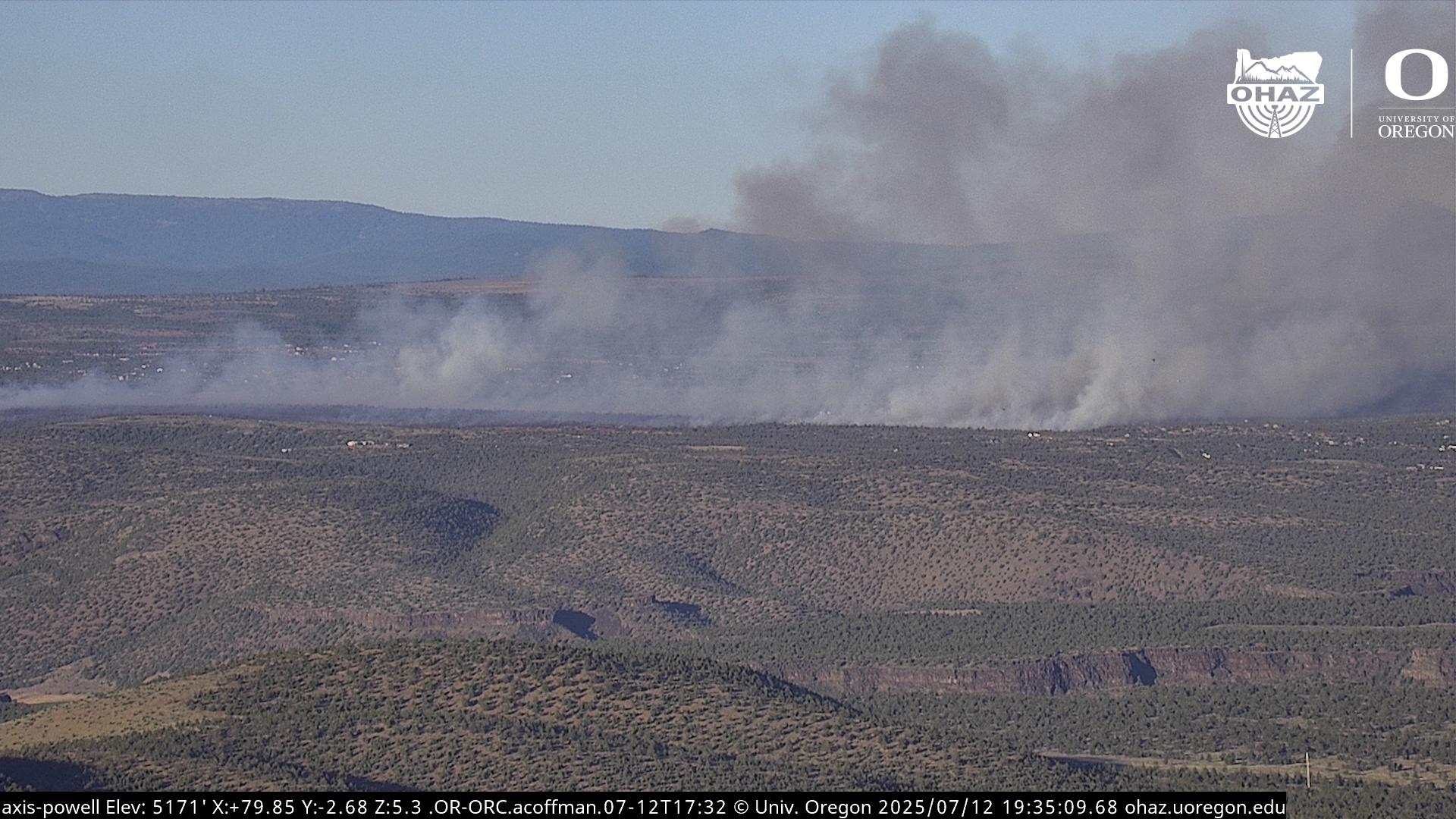The challenge: Try not to do too much, or too little, to the course
Published 12:00 am Thursday, July 19, 2018
Martin Slumbers, the chief executive of the R&A, has a particular memory of the moment he truly understood the effect of the weather on the British Open.
As the competition’s 147th edition tees off Thursday at Scotland’s Carnoustie Golf Links, it is Slumbers’ third year in charge of the tournament.
Trending
However, on the third day of his first championship at Royal Troon in 2016, he received a rude awakening:
“On Saturday morning, at 4 o’clock in the morning, I was awoken by the team that was out on the golf course, with the news that ‘The weather forecast now is worse than when we went to bed last night.
We need to talk about what are we going to do to the greens.’ ”
A weary Slumbers consulted with his team of fellow R&A executives and agronomists and made a decision.
“What we ended up doing was we didn’t mow the greens at all,” Slumbers said. “We didn’t roll the greens. We just took off any overnight dew and debris that had got on them. We moved the pins, and we carried on.”
A British tradition
Trending
It is that type of subtle intervention, or lack of it, that speaks to a particular tradition of the British Open — let the conditions be the conditions, and allow proven courses, and occasionally the weather, to provide the context that produces a champion. The R&A approach can often be about mitigating the challenges presented by nature and links conditions, to preserve the integrity of competition.
“You can get on the wrong side of the draw on a links course and at the Open,” Slumbers said. “And there’s not much we can do about that. But we try to make sure that the golf course is not the thing that causes the problem.”
That can mean an acceptance of which elements of competition are and are not under the control of the organizers, and trying to ensure that factors beyond the organizers’ control color rather than determine events.
“One thing you can’t manage is the weather,” Slumbers said. “But you can be aware of it. What we think about is, ‘What could be the worst weather that could happen today?’ — or tomorrow, for that matter.”
In practice, that can mean throttling back a little on a challenging course setup to ensure consistent outcomes. Slumbers said his approach was to create a platform for players to let them show how good they were.
“What we seek to get is that balance between a traditional fast, firm links golf course, where danger lurks on every hole, but that is fair enough that it allows the ones who are playing well to really play well,” he said.
A contrast to the U.S. Open
This year in particular, that philosophy seems to exist in extreme relief to the one that has shaped America’s national tournament. Last month’s U.S. Open at Shinnecock Hills drew some intense criticism from frustrated players after an apparently underwatered course and aggressive pin positions sent third-round scores soaring.
Justin Spieth, normally a mild presence away from the course, claimed that when a championship comes down to either “a fortuitous bounce or sheer luck, that’s not right and we are there already.”
Spieth also alluded to the fact that this scenario was hardly a one-off: “It’s unfortunate that our nation’s tournament is already shot at a venue that they lost 14 years ago.”
Spieth referenced the 2004 U.S. Open, also at Shinnecock Hills, when players aimed for a green-side bunker at the seventh hole to avoid the concrete-hard green, which had to be watered in between groups.
After a barrage of similar comments this year, Mike Davis, the chief executive of the U.S. Golf Association, conceded that “some well-executed shots were not rewarded.” Yet it is unlikely that the USGA will deviate too far from the aggressive principles that have come to define the U.S. Open’s brand as the most deliberately testing major. If the U.S. Open does not have the British Open’s history, it at least provides an annual statement of intent.
A charmed life
It is perhaps ironic that players can be so damning of the man-made challenges of the U.S. Open, yet are generally indulgent of the fact that British Opens are prone to moments that can produce equally wild swings in players’ fortunes.
Mark Steinberg, the agent who represents Tiger Woods, Justin Thomas, Justin Rose and Matt Kuchar, says he appreciates these arbitrary interventions.
“You could have 70 degrees, no wind and perfect sunshine in the morning,” Steinberg said. “And then you could have 60-mile-an-hour winds blowing sideways, raining and 40 degrees in the afternoon session — and there’s a 12-shot difference in the average score. That’s the way the championship is, and quite frankly that’s part of the charm to it. I love it.”
So far, a relatively mild forecast for this year’s tournament suggests that Slumbers’ sleep will not be interrupted again. But after his experiences at Royal Troon in 2016, and with the crosswinds that upended the second round at Royal Birkdale last year, he knows better than to entirely trust the infamous vagaries of the Scottish weather.
Indeed, Slumbers points out that the weather has already had an effect on this year’s course, if not yet in dramatic form. “We’ve had a summer heat wave over here,” he said.
“In fact, we haven’t had serious rain up here for two months. We’ve got lots of lovely spindly grass growing in the rough, and the fairways here are really firm, very quick and very brown as well. And that makes a real challenge for the players.”
The player who meets that challenge to become “the champion golfer of the year,” as the British Open champion is traditionally known, will need skill, a touch of fortune and perhaps above all, a fair wind.








